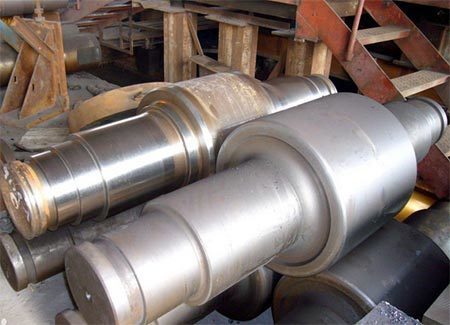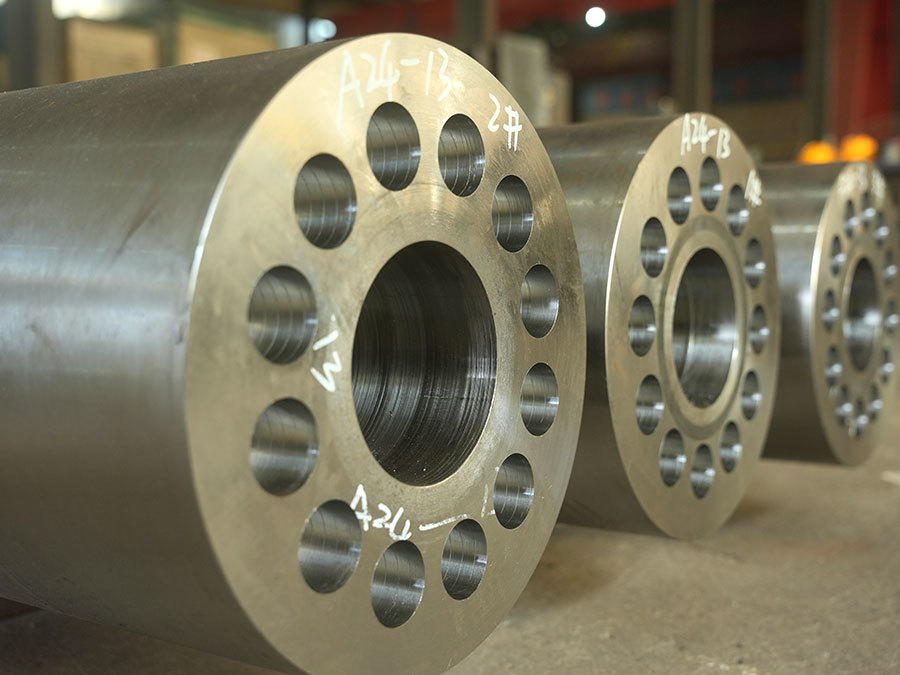Cold roll life and flaw detection standards
【Summary】The main links in the manufacturing process of cold rolls are smelting, forging, heat treatment, processing and inspection.
The main links in the manufacturing process of cold rolls are smelting, forging, heat treatment, processing and inspection. Cold rolls have to withstand a lot of rolling stress during the working process. Coupled with problems such as the welding seam, inclusions, and edge cracks of the rolled piece, they are likely to cause instantaneous high temperature, which subjects the work roll to strong thermal shock, leading to cracks, sticking, peeling, and even scrapping. Therefore, the cold roll must have the ability to resist cracking and peeling caused by bending stress, torsion stress, and shear stress, as well as high wear resistance, high contact fatigue strength, high fracture toughness and thermal shock strength, etc. . Therefore, how to improve the service life of rolls has always been a major problem faced by the roll manufacturing industry. The non-destructive testing of rolls is usually carried out with an ultrasonic flaw detector. In the cold roll inspection standard, the roll body is usually divided into surface area, center area and middle area according to the force, and then the critical size of the allowable defects in each area is specified according to the principles of fracture mechanics. Flaw detection personnel should have knowledge of roll manufacturing in order to determine the nature of the defects. At the same time, they should also have knowledge of the use of rolls in order to estimate whether these defects may cause service damage under specific conditions of use.
Previous:
Related Blog
The difference between composite roll and cemented carbide roll and its application characteristics?
The non-destructive testing of composite rolls is usually carried out with an ultrasonic flaw detector.
The difference between composite roll and cemented carbide roll and its application characteristics
The non-destructive testing of composite rolls is usually carried out with an ultrasonic flaw detector.
What are the commonly used heat treatment types for rolls?
Commonly used heat treatment types for rolls include stress relief annealing, isothermal spheroidizing annealing, diffusion annealing, normalizing, tempering, quenching, and cryogenic treatment.











